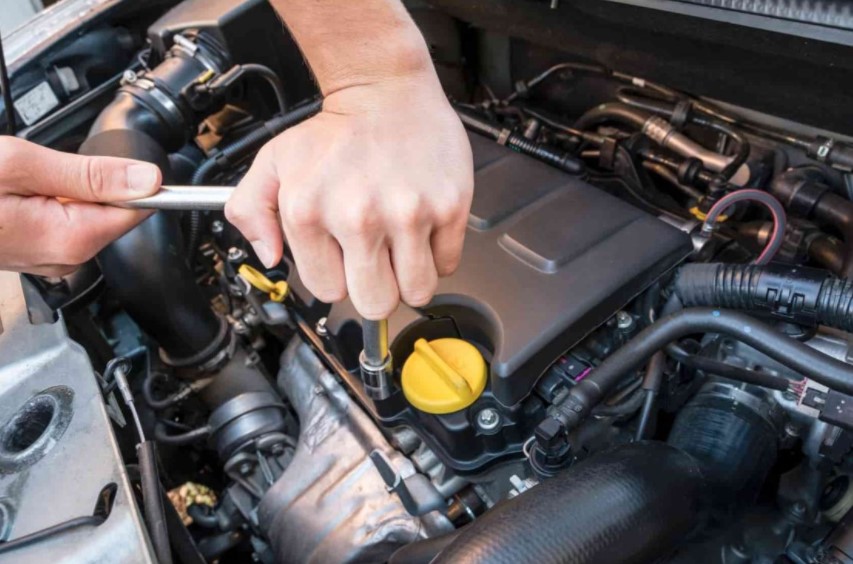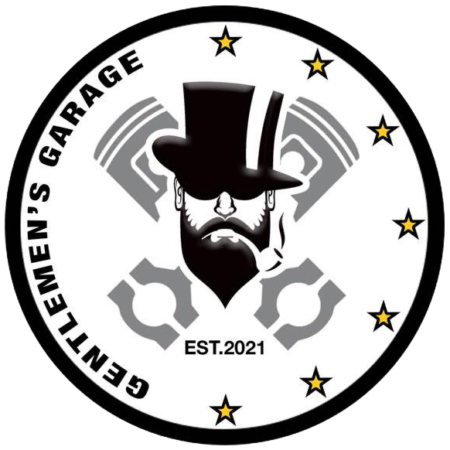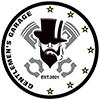Contact Us
Have a Question?
Full Safety Inspection

A full safety inspection is a comprehensive assessment conducted on a vehicle to ensure its overall safety and reliability. Here is a summary of the key aspects covered during a full safety inspection:
Exterior Inspection: The vehicle’s exterior components are examined for any visible damage, such as dents, scratches, or broken lights. The condition of the tires, including tread depth and tire pressure, is checked for optimal grip and performance.
Interior Inspection: The interior of the vehicle is inspected to ensure all essential components are functioning properly. This includes checking the operation of seat belts, mirrors, windows, and door locks.
Braking System: The braking system is thoroughly inspected, including the brake pads, rotors, calipers, and brake lines. Brake components are checked for wear, damage, and proper operation to ensure effective stopping power.
Suspension and Steering System: The suspension and steering components are examined for signs of wear or damage. This includes checking the condition of shocks, struts, control arms, ball joints, tie rods, and wheel bearings to ensure safe and smooth handling.
Lighting System: All lights, including headlights, taillights, brake lights, turn signals, and hazard lights, are tested for proper functionality. Bulbs that are burnt out or not working correctly are replaced.
Electrical System: The vehicle’s electrical system is inspected, including the battery, alternator, and wiring. The charging system is tested, and any electrical issues are identified and addressed.
Fluid Levels and Condition: The fluid levels of various systems, such as engine oil, coolant, brake fluid, power steering fluid, and windshield washer fluid, are checked. Fluid conditions are assessed for contamination or degradation, and necessary fluid replacements or flushes are performed.
Exhaust System: The exhaust system is inspected for any leaks, damage, or excessive noise. Any issues with the exhaust system are identified and repaired to maintain proper emissions and minimize noise pollution.
Safety Systems: The vehicle’s safety systems, including airbags, seat belts, and anti-lock braking system (ABS), are checked for proper functionality. Any malfunctions or issues are addressed to ensure the safety of the occupants.
Road Test: A road test is often conducted to assess the vehicle’s overall performance, including acceleration, braking, handling, and any abnormal noises or vibrations.
By performing a full safety inspection, potential safety hazards or mechanical issues are identified and addressed, ensuring the vehicle operates safely and reliably on the road. It is recommended to consult a qualified mechanic or automotive service provider for a professional full safety inspection, as they have the expertise and necessary equipment to perform a thorough assessment and provide appropriate recommendations for repairs or maintenance.

Schedule Your Appointment Today
Your Automotive Repair & Maintenance Service Specialist
